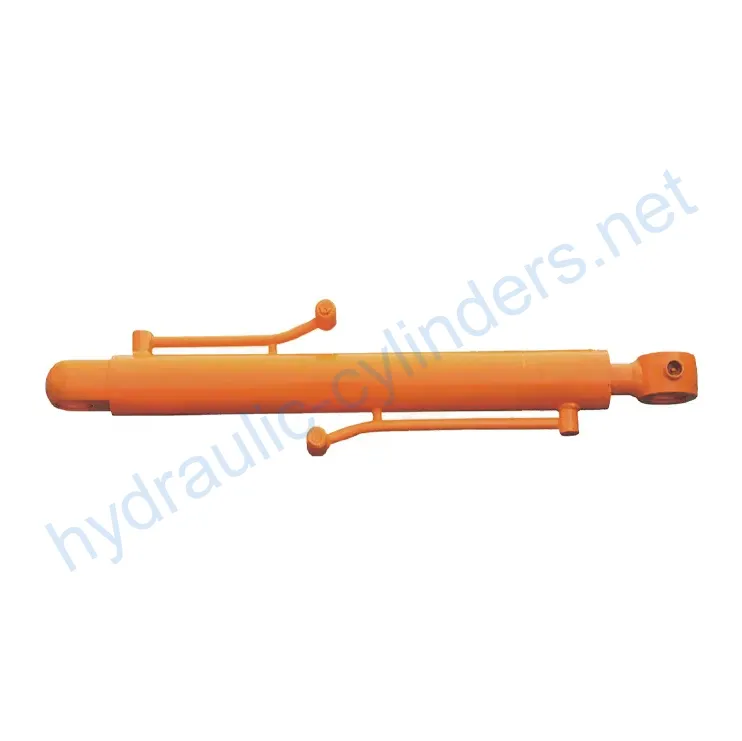Boom Cylinder For Bobcat Small Excavator E418
유압 실린더 제조업체, 공급 업체 및 기계 제품 수출 업체 중 하나로서 유압 실린더 및 기타 여러 제품을 제공합니다.
자세한 내용은 당사에 문의해 주세요.
메일:sales@hydraulic-cylinders.net
유압 실린더 제조업체 공급 업체 수출.
Boom Cylinder For Bobcat Small Excavator E418
Introduction to Boom Cylinders
The boom cylinder is a crucial hydraulic component used in various heavy machinery, including excavators, backhoe loaders, and front loaders. It plays a vital role in controlling the movement of the boom, allowing it to elevate, lower, and tilt, which facilitates efficient material handling tasks. Designed to operate under high pressure, boom cylinders enable precise maneuvers and enhance the overall productivity of equipment. As a type of hydraulic cylinder, the boom cylinder utilizes hydraulic fluid to generate force, making it essential for operations in construction, agriculture, and other industries.
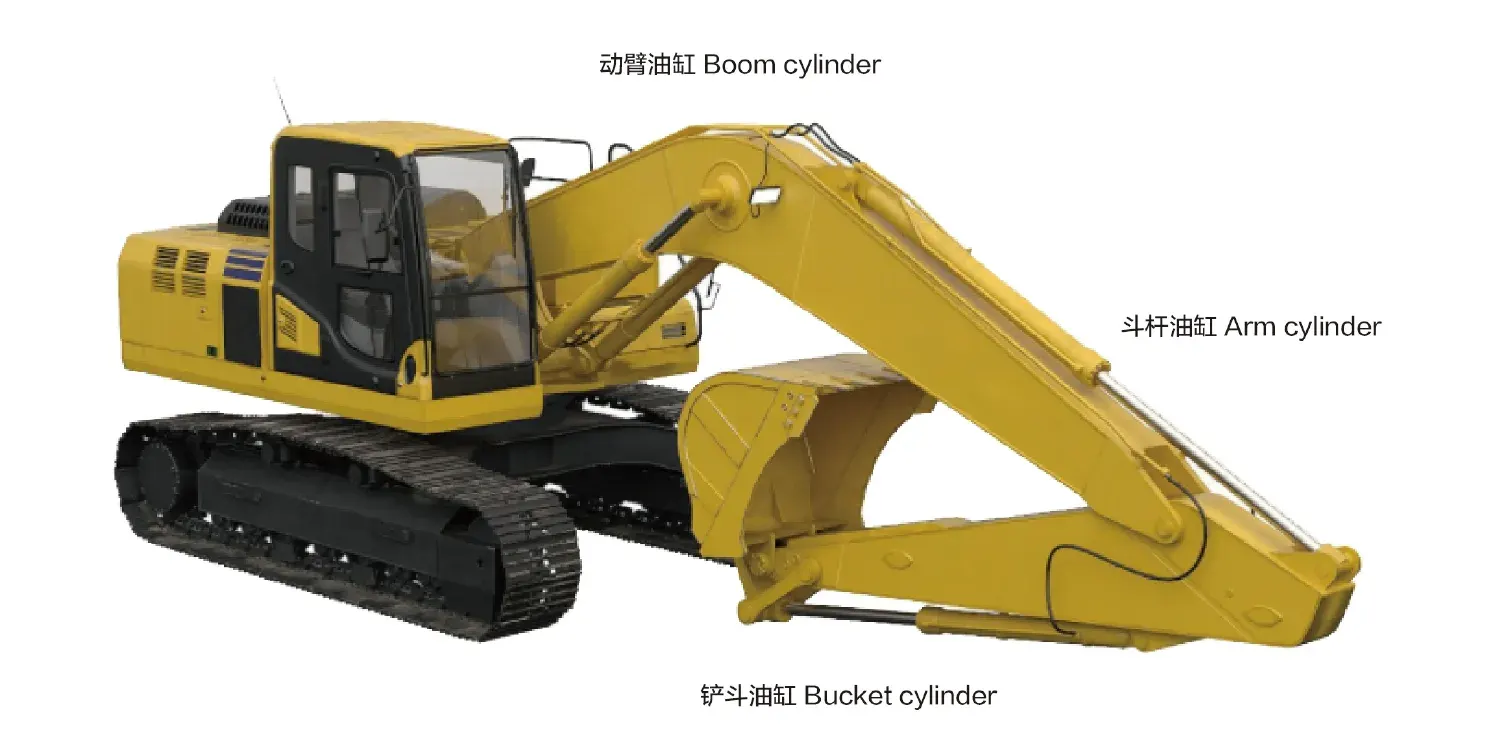
Features of the Boom Cylinder
- High Strength and Durability: Typically constructed from high-strength steel or aluminum, these cylinders can withstand high pressure and heavy loads, making them suitable for harsh working environments. They are designed with wear resistance and corrosion protection to extend their lifespan.
- Efficient Hydraulic Operation: The boom cylinder utilizes hydraulic pressure for smooth extension and retraction, allowing for quick response to operator commands and providing robust push and pull force essential for lifting heavy objects.
- Diverse Types: Boom cylinders are available in both single-acting (using hydraulic pressure in one direction) and double-acting (using hydraulic pressure in both directions) configurations to meet different operational needs. Some models are telescopic, allowing for extended reach without increasing external dimensions, ideal for space-constrained applications.
- 다양한 애플리케이션: These cylinders are suitable for various machines and tasks, which enhances their adaptability across different industries.
- Custom Manufacturing: Our company specializes in producing boom cylinders that perfectly replace existing hydraulic cylinders, ensuring compatibility and performance.
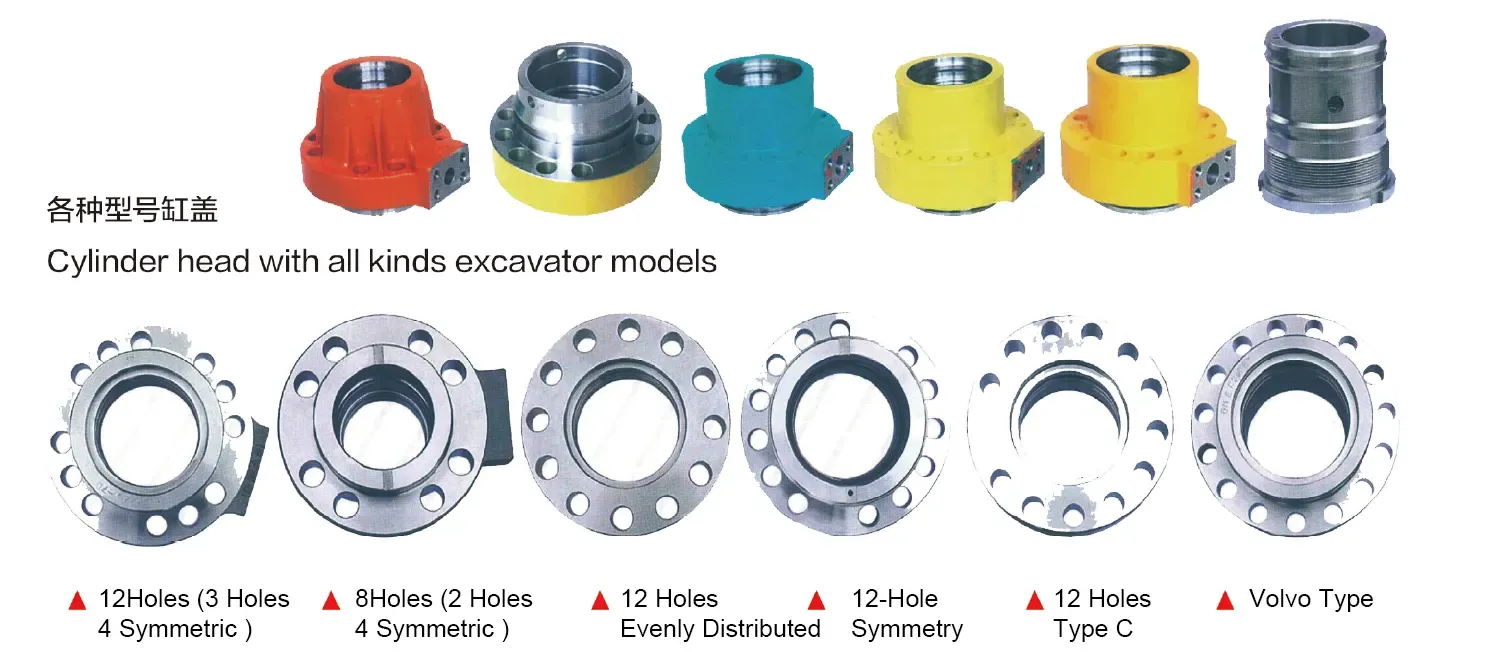
Applications of Boom Cylinders
Construction Equipment
In excavators, boom cylinders are essential for digging, loading, and moving dirt or debris. They enable the boom to extend and retract, allowing for precision in operations. Additionally, in backhoe loaders, boom cylinders assist in both digging and lifting tasks, maximizing the machine’s versatility.
Agricultural Machinery
In front loaders, boom cylinders play a crucial role in scooping, lifting, and transporting soil, hay, and other materials. They provide the necessary force to handle heavy loads, making them indispensable in agricultural operations.
Excavators
The boom cylinder allows the bucket to penetrate the soil effectively, facilitating excavation tasks. This capability is vital for construction projects, landscaping, and other earth-moving activities.
Loaders
In front loaders, these cylinders assist in lifting and dumping loads efficiently, ensuring that operations are carried out smoothly and effectively. Their ability to provide strong lifting power makes them ideal for handling various materials.
Design Considerations and Selection Criteria
Load Capacity
Choosing a boom cylinder requires careful consideration of its load capacity. It is essential to match the cylinder’s specifications with the equipment’s operating requirements. A cylinder that is too weak may fail under heavy loads, leading to equipment damage or operational delays. Manufacturers often provide detailed load charts to assist in selecting the appropriate cylinder size.
Sealing and Durability
Sealing is critical for hydraulic cylinders, as it prevents fluid leaks and ensures optimal performance. Quality seals made from materials like polyurethane or nitrile rubber enhance durability and resistance to wear. It’s crucial to assess the sealing technology used in the boom cylinder to maintain hydraulic efficiency and longevity.
Safety Features
Safety is paramount in hydraulic applications. Boom cylinders should incorporate safety mechanisms, such as pressure relief valves, to prevent accidents caused by overpressure. Operators should also ensure that safety standards and regulations are met during the selection process.
Maintenance and Repair
The ease of maintenance is a vital consideration when selecting a boom cylinder. Components that are easy to access and replace reduce downtime and repair costs. Manufacturers that offer comprehensive repair services and support can significantly enhance the lifecycle of hydraulic equipment.

Sealing and Lubrication
Sealing and lubrication are essential for the functionality of boom cylinders. Various sealing components such as piston seals and rod seals are used to maintain hydraulic pressure and prevent leakage. Seals made from durable materials like polyurethane and nitrile rubber are preferred for their wear resistance. The cylinder body and threaded end surfaces undergo fine processing to enhance durability against wear. Regular lubrication with hydraulic oil is necessary to ensure smooth operation and reduce friction within the cylinder.
Preventive Maintenance Measures
- Regular Inspections: Conducting routine inspections helps identify potential issues before they escalate. Operators should check for signs of wear, leaks, and overall cylinder integrity.
- Timely Lubrication: Maintaining appropriate lubrication levels is critical for the longevity of the cylinder. Operators should ensure that hydraulic oil is replenished and that the oil quality meets the required specifications.
- Seal Replacement: Over time, seals may wear out and require replacement. Regularly assessing the condition of seals and replacing them as needed can prevent leaks and maintain optimal performance.
Installation Guidelines
Proper installation of boom cylinders is crucial for their performance and safety. Start by ensuring the work area is clean and free of debris. Align the cylinder properly with the mounting brackets, using appropriate tools to secure it. It is essential to tighten all bolts evenly to avoid misalignment, which could lead to premature failure. Use mounting supports to stabilize the cylinder during installation. After installation, check for proper alignment and functionality before operating the equipment.
Common Maintenance Tasks
- Regular Checks: Schedule routine checks for wear and leaks, ensuring that all components are functioning effectively.
- Appropriate Lubrication: Maintain lubrication levels as recommended by the manufacturer to reduce wear and tear on moving parts.
- Seal Replacement: Monitor the condition of seals and replace them as necessary to prevent hydraulic fluid leaks and maintain system efficiency.
Safety Considerations and Environmental Factors
When working with hydraulic systems, safety measures are crucial. Operators should be trained in safe handling practices to minimize risks associated with high-pressure systems. Using personal protective equipment (PPE) and ensuring proper emergency protocols are in place can help prevent accidents. Additionally, environmentally friendly hydraulic fluids should be considered to reduce environmental impact and improve sustainability.
Troubleshooting Common Issues
- Leakage: Identify the source of fluid leakage, which may originate from damaged seals or fittings. Replace compromised components to restore functionality.
- Inadequate Performance: If the cylinder does not operate smoothly, check for blockages in the hydraulic lines or low fluid levels. Ensure the hydraulic oil is clean and within the required specifications.
- Unusual Noises: Unusual sounds during operation may indicate internal damage or insufficient lubrication. Conduct a thorough inspection to determine the cause and address any issues.
Product Quality and Company Overview
We are a leading manufacturer of replacement hydraulic cylinders, catering to both domestic and international markets. Our wide range of products reflects our commitment to excellence in quality, supported by an efficient manufacturing process. We leverage advanced technology, skilled personnel, and a robust testing system to enhance our production capabilities. Our focus on high efficiency, precision, and quality ensures that we meet diverse customer needs through customized solutions.
Our company prides itself on professional expertise, international certifications, and comprehensive after-sales services. We offer tailored products that meet specific requirements, ensuring customer satisfaction and loyalty.
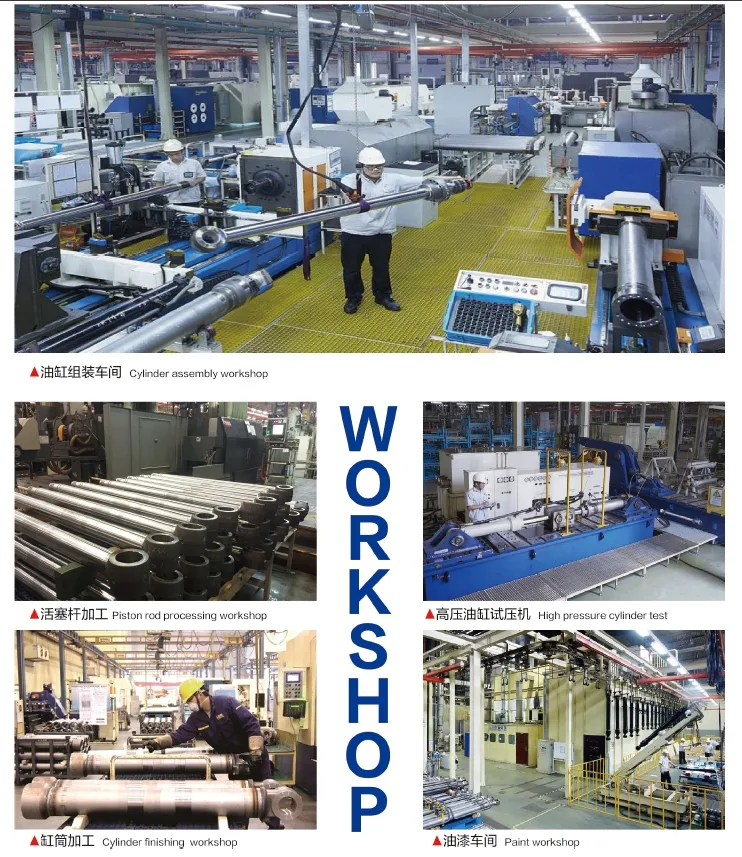
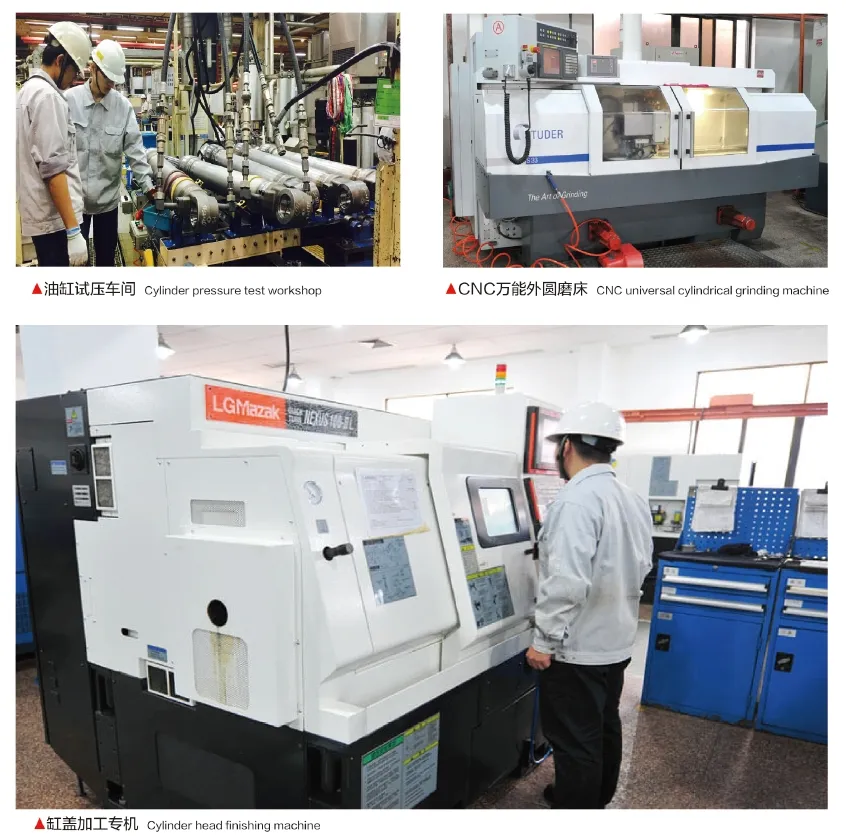
Author: lyl
Take a Tour of Our VR Factory:
Take a tour of our VR factory with the following
Hydraulic Cylinder Application:


